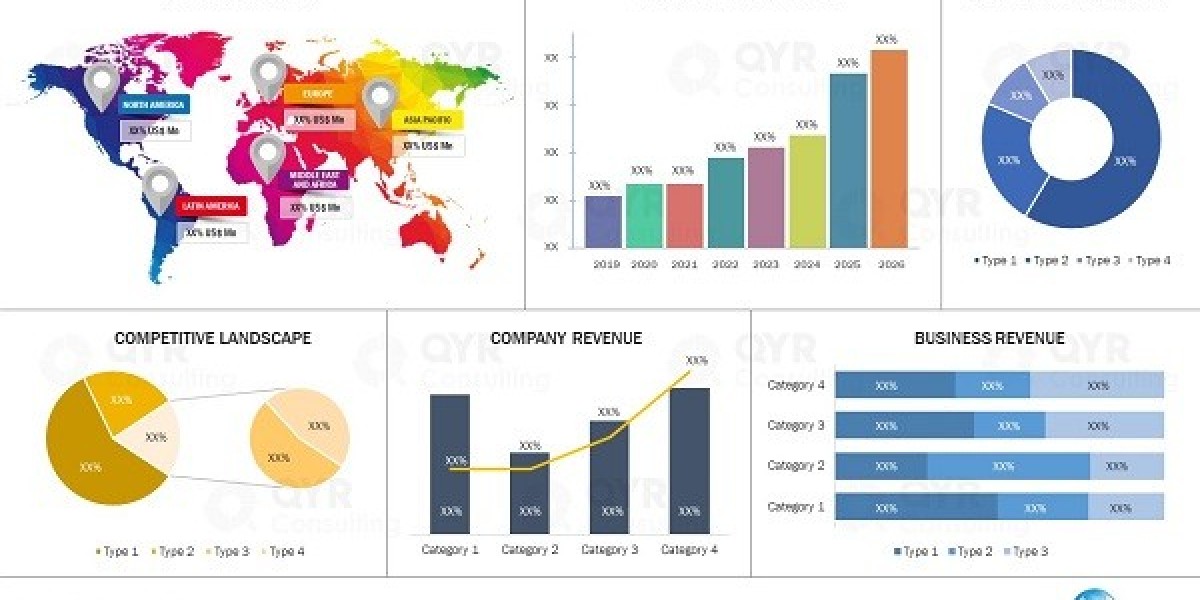The LED Lighting Market is undergoing a transformative phase as global energy efficiency standards tighten and smart infrastructure expands. Once considered a niche in the lighting industry, LED (Light Emitting Diode) technology has now become the cornerstone of modern illumination due to its energy-saving benefits, long life span, and adaptability across various sectors.
Market Overview
As of 2025, the LED lighting market is valued at over USD 85 billion, with projections indicating it will surpass USD 150 billion by 2035, growing at a CAGR of more than 6.5%. This growth is fueled by widespread adoption across residential, commercial, and industrial spaces, along with government policies that ban incandescent bulbs and promote greener alternatives.
Key Market Drivers
Energy Efficiency Regulations: Global governments are pushing for lower energy consumption. The EU’s ban on halogen bulbs and India's UJALA scheme exemplify these efforts.
Smart City Initiatives: LED lights play a vital role in smart city projects where integrated lighting systems with motion sensors, dimmers, and IoT capabilities improve energy utilization and public safety.
Technological Advancements: Innovations in tunable lighting, Li-Fi (Light Fidelity), and organic LEDs (OLEDs) are opening new frontiers in architectural design and communication technology.
Declining LED Prices: Mass production and improved manufacturing processes have made LEDs more affordable, expanding their use in developing economies.
Environmental Awareness: LEDs significantly reduce carbon footprints, aligning with sustainability goals of businesses and governments alike.
Market Segmentation
By Product: Lamps, Luminaires, Modules
By Application: Indoor (residential, commercial, industrial), Outdoor (street lighting, architectural, sports)
By End-User: Government, Corporate, Consumers
By Region: North America, Europe, Asia Pacific, Latin America, Middle East & Africa
Regional Insights
Asia-Pacific leads the global LED lighting market, with China and India being the major contributors due to robust manufacturing bases and urban infrastructure projects. North America and Europe follow, driven by strong policy support and advanced adoption of smart home systems.
Competitive Landscape
Major players include Signify (Philips Lighting), Osram, Acuity Brands, Cree Lighting, GE Current, and Samsung Electronics, among others. These companies are investing heavily in R&D for smart lighting, human-centric lighting, and sustainable solutions to maintain a competitive edge.
Future Trends
Human-Centric Lighting: Lights that adapt to circadian rhythms, improving health and productivity.
Connected Lighting Ecosystems: Integration with AI, IoT, and cloud platforms to enable data-driven urban infrastructure.
Solar-Powered LEDs: Especially impactful in off-grid rural and disaster-prone regions.
Recyclable and Eco-Friendly Designs: With e-waste regulations tightening, manufacturers are focusing on sustainable product lifecycles.
Conclusion
The LED Lighting Market is poised for continued expansion, not just as a replacement for outdated technologies, but as a foundational component of smart, sustainable living. As cities grow smarter and consumers become more energy-conscious, LEDs will illuminate the path to a greener, more connected future.
read more
| Fuel Card Market |
| Chip On Board (COB) LED Market |
| Electronic Weighing Scale Market |
| Smart Doorbell Market |
| Carbon Dioxide (CO2) Monitors Market |
| Sports Technology Market |







